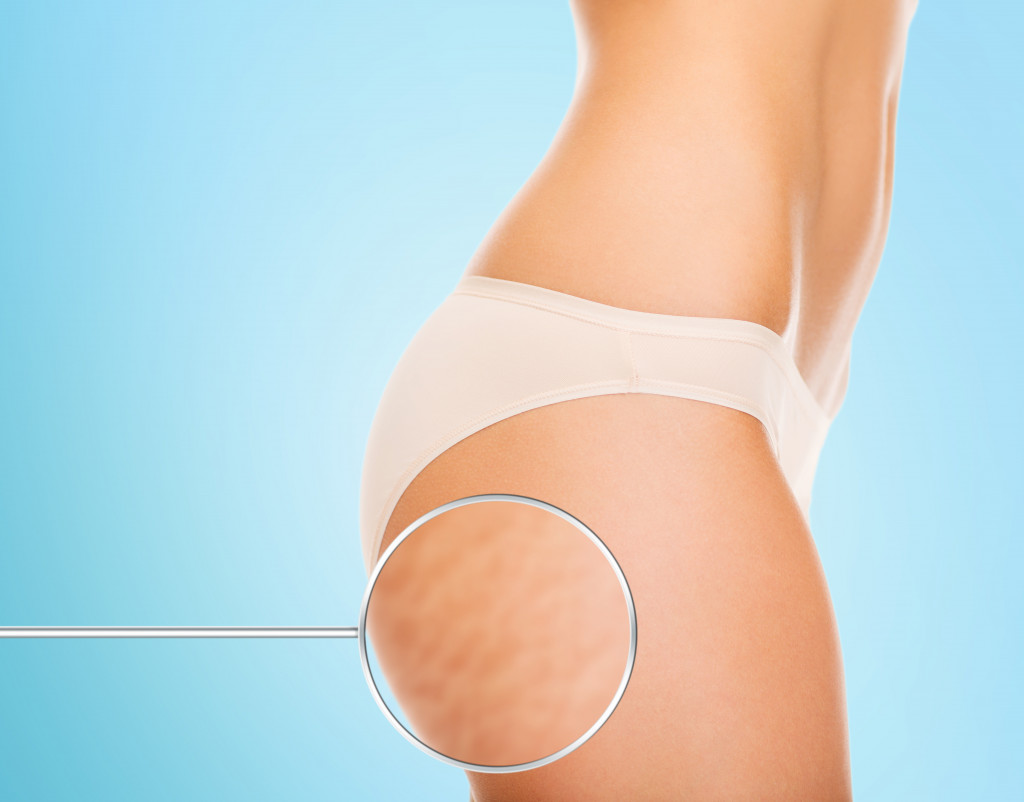- Buttock implants, a type of cosmetic surgery, involve silicone-filled devices inserted to enhance buttock size and shape.
- These implants pose numerous risks, including infection, malposition, capsular contracture, rupture, and increased blood clot risk.
- The invasive surgery opens a pathway for bacteria, causing potential infections and severe complications.
- The body can react to the foreign object, forming a thick capsule around the implant, causing deformation.
- Alternatives to implants include augmentation with fillers and fat grafting, which offer fewer risks.
Buttock implants have become increasingly popular in the past decade as more and more people aspire to achieve the perfect body. While cosmetic surgery can make a significant difference in the way you feel about yourself, it is crucial to weigh the potential risks before going under the knife. Among popular cosmetic surgeries, buttock implants have received negative attention, primarily due to the dangers they pose. Here’s what you need to know about implants, reasons buttock implants are dangerous, and other options to get the buttocks you want.
What Are Implants?
First, it’s important to understand what buttock implants are. Implants are a type of cosmetic surgery that involves inserting silicone-filled devices into your buttocks to enhance their shape and size. The procedure is commonly known as “butt augmentation” or “gluteal augmentation.” It is an invasive surgery that requires anesthesia and typically takes several hours to complete.
Implants are usually made of silicone, a type of rubber material that is durable and long-lasting. They come in different shapes and sizes, and the surgeon will choose the best one for you based on your body shape, size, and desired results.
Risks Associated with Buttock Implants
While buttock implants may seem like a quick fix to achieve the perfect butt, they come with several risks. Here are some of them:

1. Risk of Infection
The surgery for buttock implants involves making incisions in the skin to place the implants in the buttocks. The incisions give bacteria access to the wound, increasing the risk of infection. An infection can lead to severe complications, including prolonged hospitalization, delayed recovery, and, in some cases, even death. Moreover, treating an infection after implant surgery involves managing the implant, often resulting in the implant’s removal.
2. Implant Malposition
Implants require appropriate skill and technique to position them correctly, or else malposition can occur. Malposition is where the implant moves, shifts, or becomes displaced from its original position, causing extreme discomfort. This can affect your physical abilities and cause pain while sitting, bending, or walking. Additionally, when malposition occurs, it can lead to further surgery to correct the issue.
3. Capsular Contracture
Capsular contracture is a common risk associated with buttock implant surgery. This refers to the body’s reaction to a foreign object (the implant) by forming a capsule around it. When the capsule becomes too thick, it can cause the implant to harden and become deformed. This results in visible, obvious changes to the buttocks’ shape and texture, which can lead to additional surgery or even complete implant removal.
4. Implant Rupture
While implant rupture is rare, it can still happen. Implants can rupture due to trauma to the buttocks or due to implant degradation over time. When an implant ruptures, it can cause extreme discomfort and even health problems, such as infection and silicone migration.

5. Increased Risk of Blood Clots
Surgery always carries the risk of blood clots, and buttock implant surgery is no different. Blood clots, also known as deep vein thrombosis (DVT), occur when a blood clot forms in the leg, which can break free and travel to the lungs. DVT is a dangerous condition that can be life-threatening, causing chest pain, shortness of breath, and even sudden death.
Alternative to Buttock Implants
Thankfully, there are some alternatives to buttock implants. Here are some of them:
Butt Lift
One of the most common alternatives to implants is lifts. High-quality non-surgical Brazilian butt lifts can be better than any implants when done right. The advantages include lower cost, reduced risk of infection and complications, and a shorter recovery period.
Butt Augmentation with Fillers
Another non-surgical option is butt augmentation with fillers. This procedure involves using hyaluronic acid-based fillers to add volume and contour to the buttocks. It is a minimally invasive procedure that requires no anesthesia or downtime, making it a safer alternative to implants.
Fat Grafting
Fat grafting, also known as fat transfer, involves using your body fat to enhance the shape and size of your buttocks. The procedure is minimally invasive, with a much lower complication risk than implants. However, it does require enough body fat for harvesting and may not provide as dramatic results as implants.
Buttock implants may seem like the most convenient solution to achieve the perfect butt, but they come with significant risks and potential complications. It’s essential to thoroughly research all cosmetic surgery options and consult with a qualified and experienced surgeon before deciding. With alternatives such as butt lifts, fillers, and fat grafting available, it’s worth exploring these safer options.


